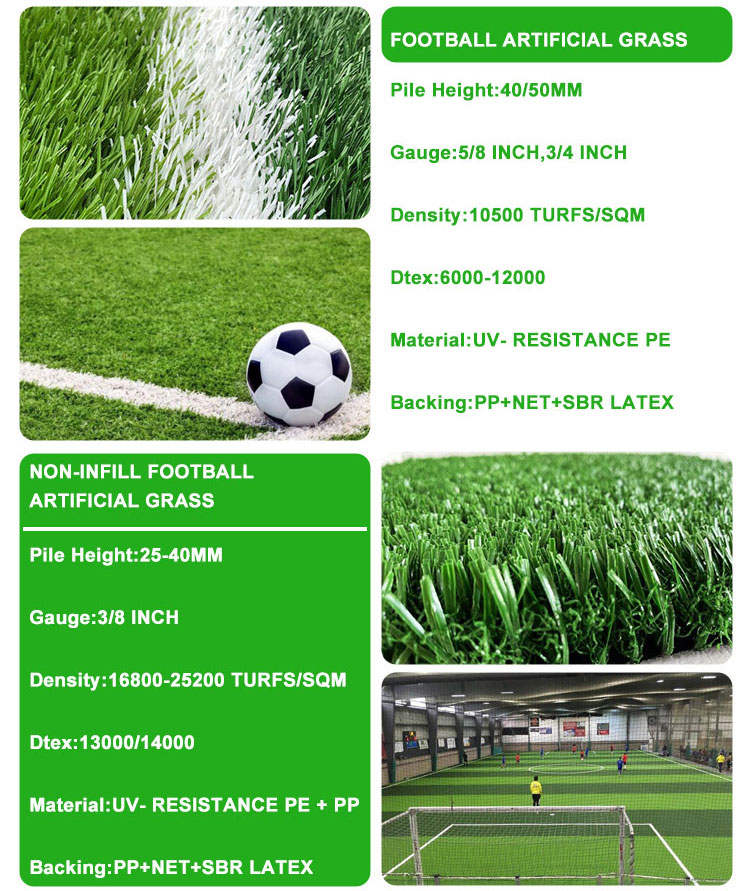Key Features of This Artificial Grass
Realistic Appearance:
The turf fibers are meticulously engineered to mimic the look and feel of natural grass. A blend of olive green and dark green tones creates a vibrant, uniform surface that enhances the visual appeal of any sports field.
Infill System:
XiHY’s synthetic grass features an advanced infill system, typically combining silica sand and recycled rubber granules. This system provides essential shock absorption, consistent ball bounce, and excellent traction, closely replicating the performance of natural grass.
Durable Construction:
Designed with a robust, high-strength backing, our turf is built to endure heavy use and the demands of competitive sports. It ensures the surface maintains its integrity and playability over time, even in high-intensity conditions.
Player Safety:
The innovative infill system, paired with a specialized shock-absorbing underlayment, reduces the risk of injury from impacts, falls, and contact, promoting a safer playing environment for athletes.
Low Maintenance:
XiHY’s artificial turf requires minimal maintenance compared to natural grass. Regular brushing, occasional cleaning, and periodic infill replenishment are all that’s needed to maintain its optimal condition, reducing long-term maintenance efforts and costs.
Choose XiHY’s Green Synthetic Football Grass for Sports Fields for a realistic, durable, and safe playing surface that delivers outstanding performance with minimal upkeep.



























